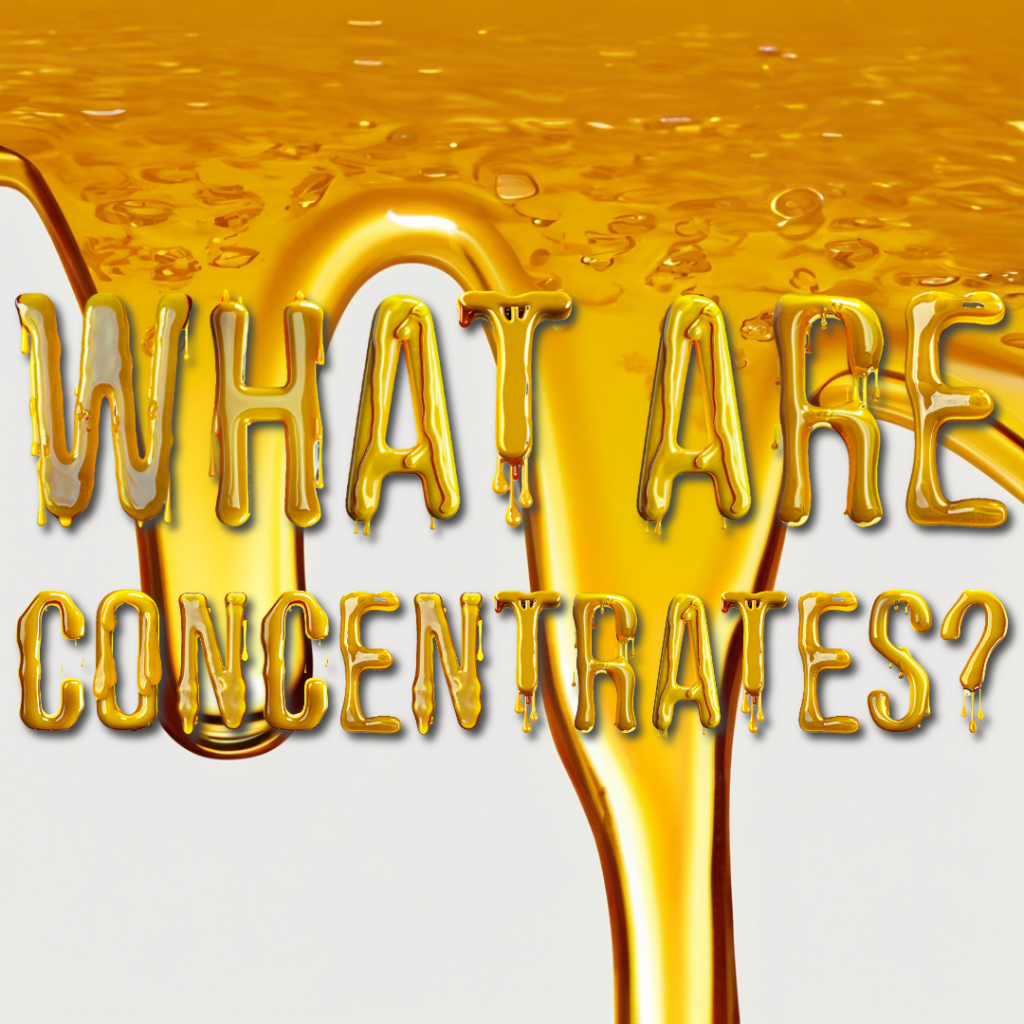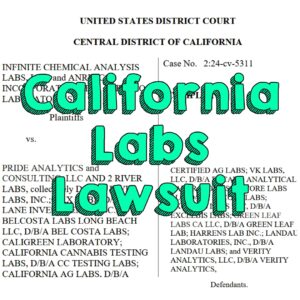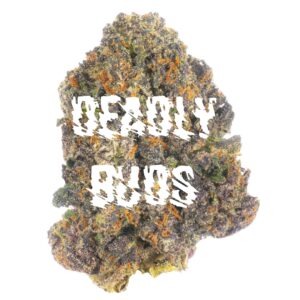Cannabis concentrates are highly potent extracts derived from the cannabis plant. These concentrates are made by extracting the desirable compounds, such as cannabinoids and terpenes, from the plant material, leaving behind a concentrated form of the components. To make it simple to break down, you can think of concentrates in couple categories: Is it solventless extraction or solvent-based extraction? And is the starting material live or cured? Here’s a dive into some various types of cannabis concentrates in their respective categories:
Solventless Extraction
Solventless cannabis extraction refers to the process of extracting desirable compounds from cannabis plant material without the use of chemical solvents such as butane, propane, or CO2. It involves mechanical methods or heat and pressure to separate the desired resinous trichomes from the plant material. They preserve the natural flavors, aromas, and cannabinoid profiles of the original cannabis cultivar. However, it’s important to note that solventless extracts may have lower yields, potency, and can be more time-consuming to manufacture compared to solvent-based extraction methods. They do offer a solvent-free alternative for consumers who prefer a more natural extraction process and desire the full spectrum of compounds found in the cannabis plant. Here are some different kinds of solventless concentrates:
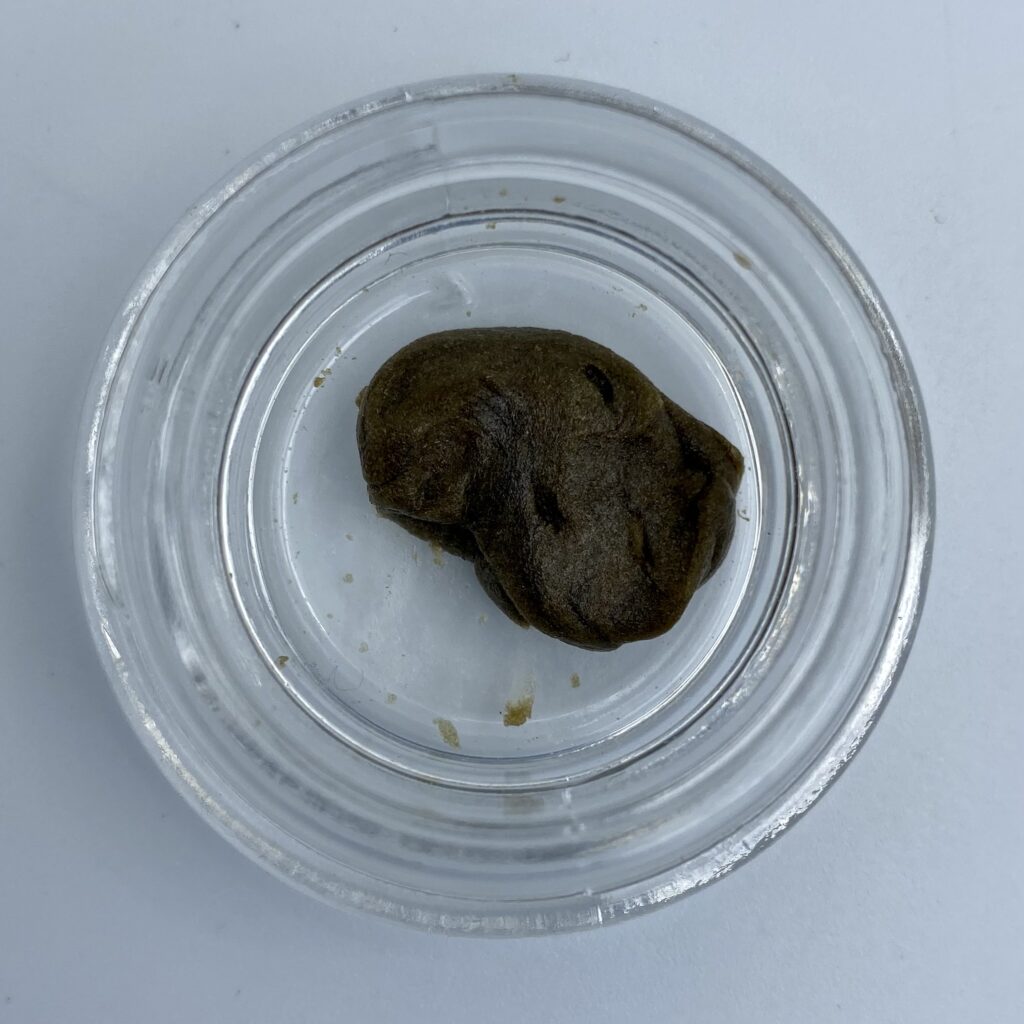
- Hash: Hash is one of the oldest forms of cannabis concentrate. It is typically made by collecting the resinous trichomes from the cannabis plant either though dry sifting or ice water extraction and then compressing it. Hash can come in various forms, including pressed bricks, powders, or oils. This is an example of GSC hash.
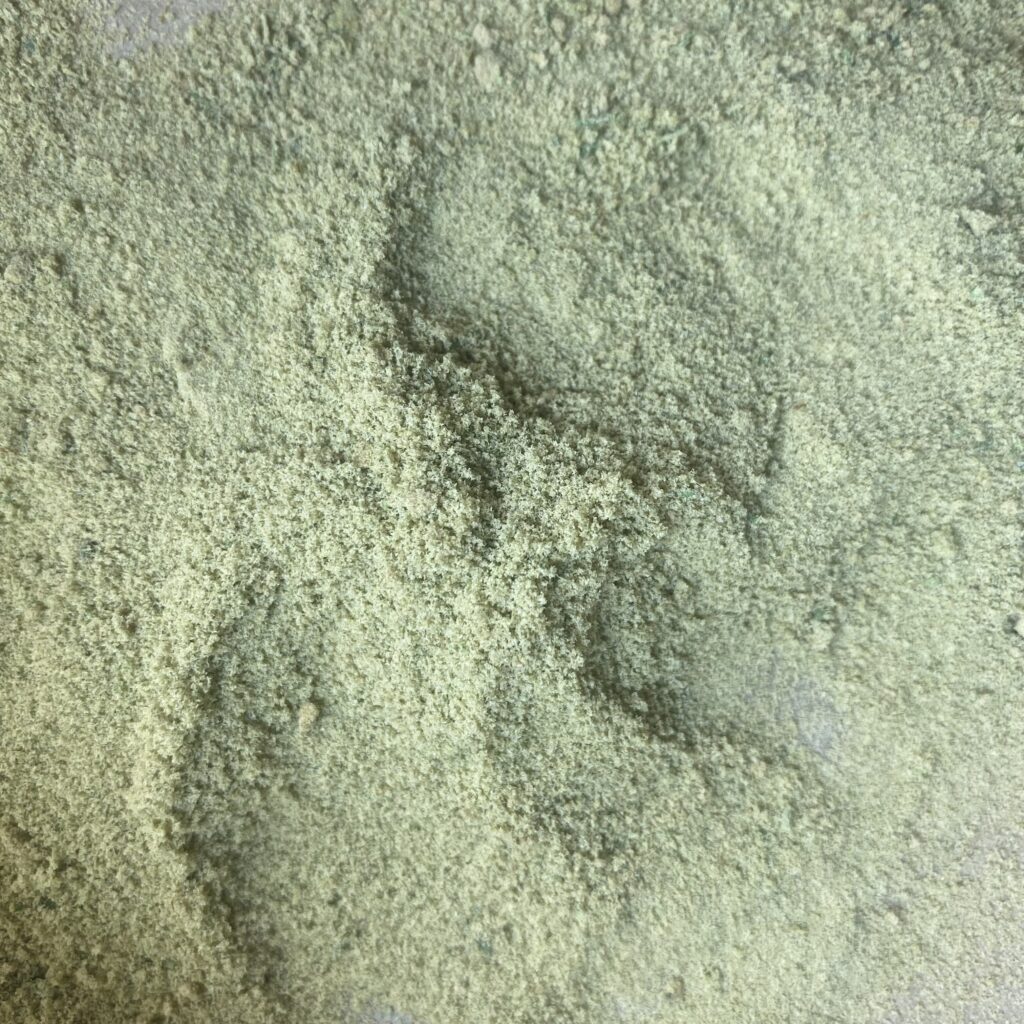
- Kief: Kief, also known as dry sift or pollen, refers to the resinous trichomes that have been mechanically separated from the cannabis plant material. It is a concentrated form of the resin glands found on the surface of the plant’s flowers, leaves, and stems. Kief is typically collected by gently agitating the cannabis buds over a fine mesh screen or using a grinder with a kief catcher (each method will produce different levels in quality). The process causes the trichomes to detach and fall through the screen, resulting in a fine powdery substance that resembles a golden or light green dust. Kief can be used in various ways. It can be sprinkled on top of a joint or bowl to enhance potency and flavor or pressed together to form hashish. Some people also use kief to make homemade cannabis concentrates like rosin or hash oil. This is a bunch of Julius Caesar dry sift.
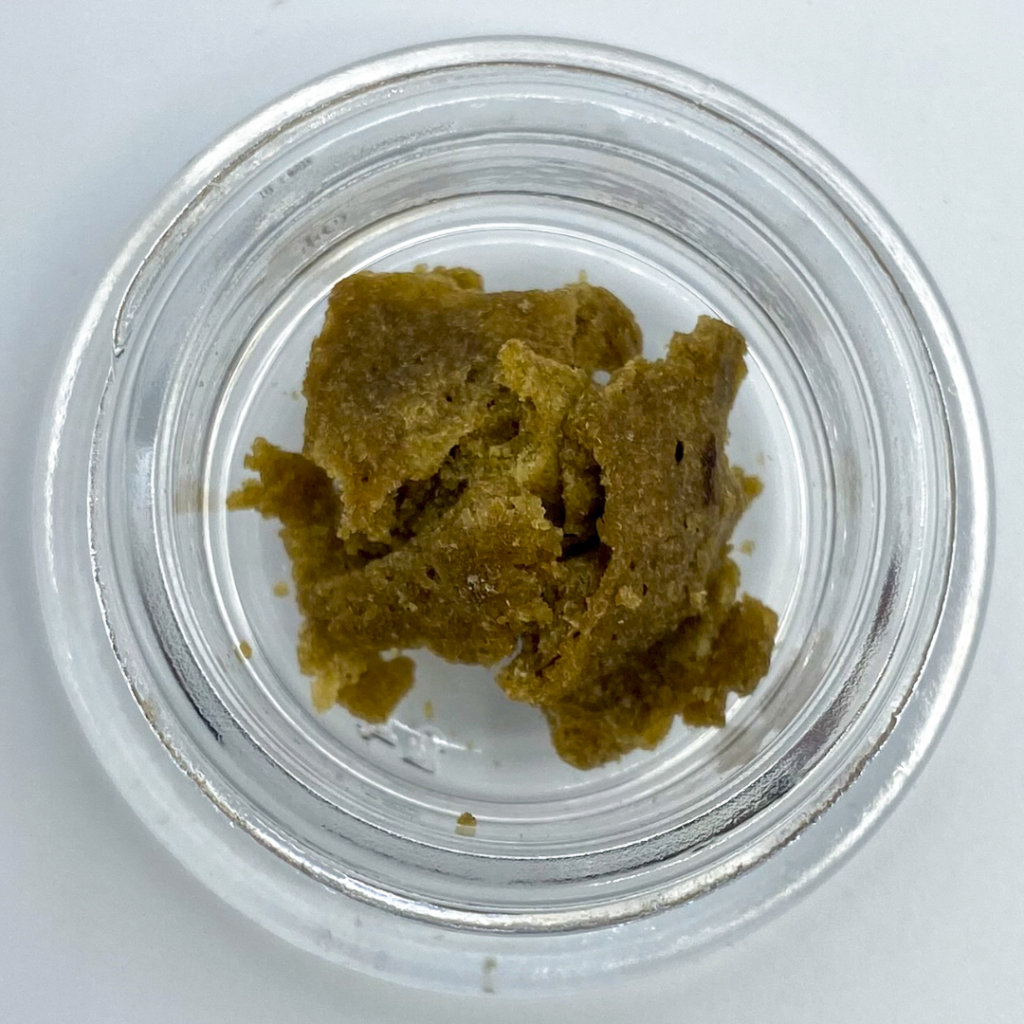
- Ice Water Hash: This method involves agitating the cannabis plant material in ice water to freeze and separate the resinous trichomes from the plant material. The mixture is then filtered through screens or bags to collect the trichomes, which are subsequently air dried or freeze dried to form a fine power. It is then either sold raw or pressed into hashish or rosin. This is some Sunset Sherbet raw ice water hash that we made.
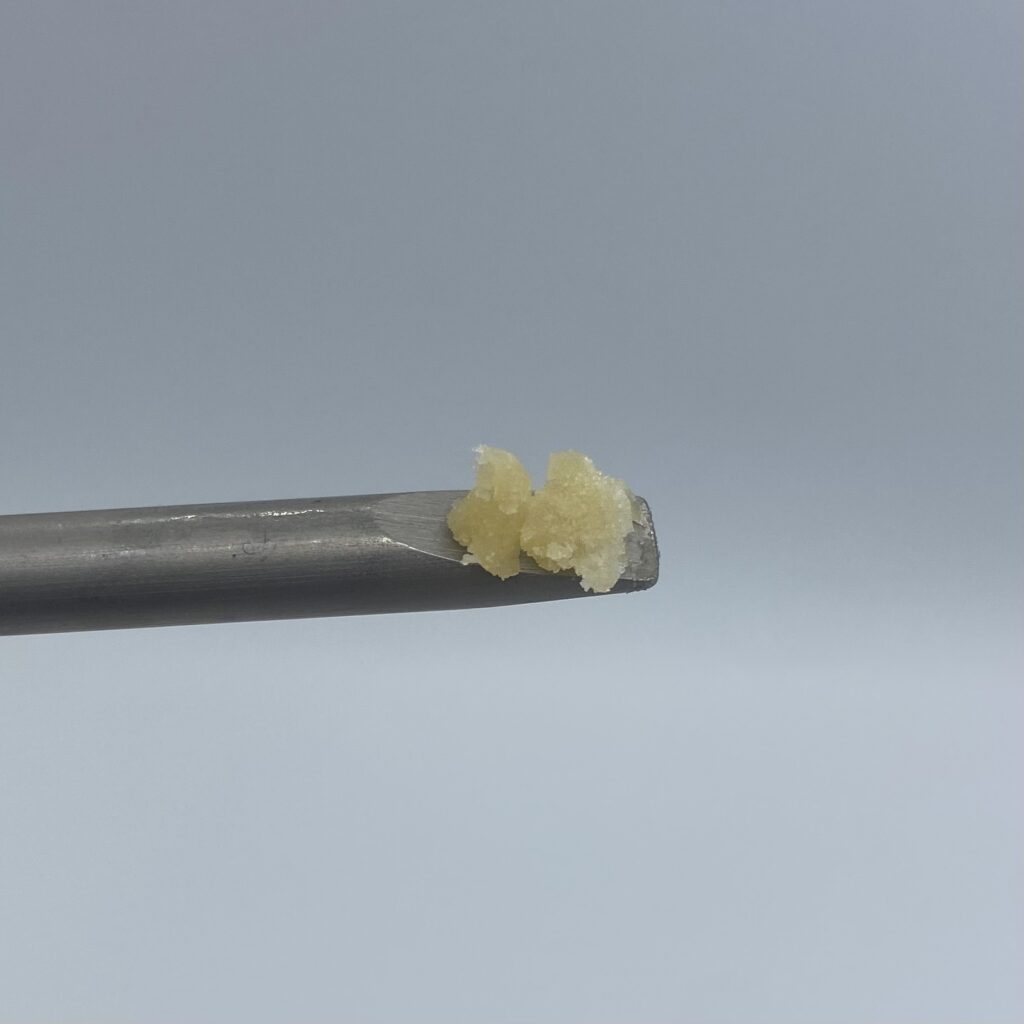
- Rosin: Rosin, or sometimes called solventless hash oil (SHO), involves taking cannabis flower or hash and placing it between two heated plates. Pressure is applied, and heat is used to activate the compounds within the material, causing them to be released and collected as a sticky, resinous substance. Rosin can come in various textures, ranging from sap-like consistency all the way to a more solid shatter-like form. The texture can be influenced by factors such as temperature, pressure, and the quality of the starting material. Rosin can be consumed through various methods, including dabbing, vaporizing, or adding it to joints or bowls. It is often appreciated for its ease of production (you can make this at home) and accessibility for individuals who prefer solventless concentrates.
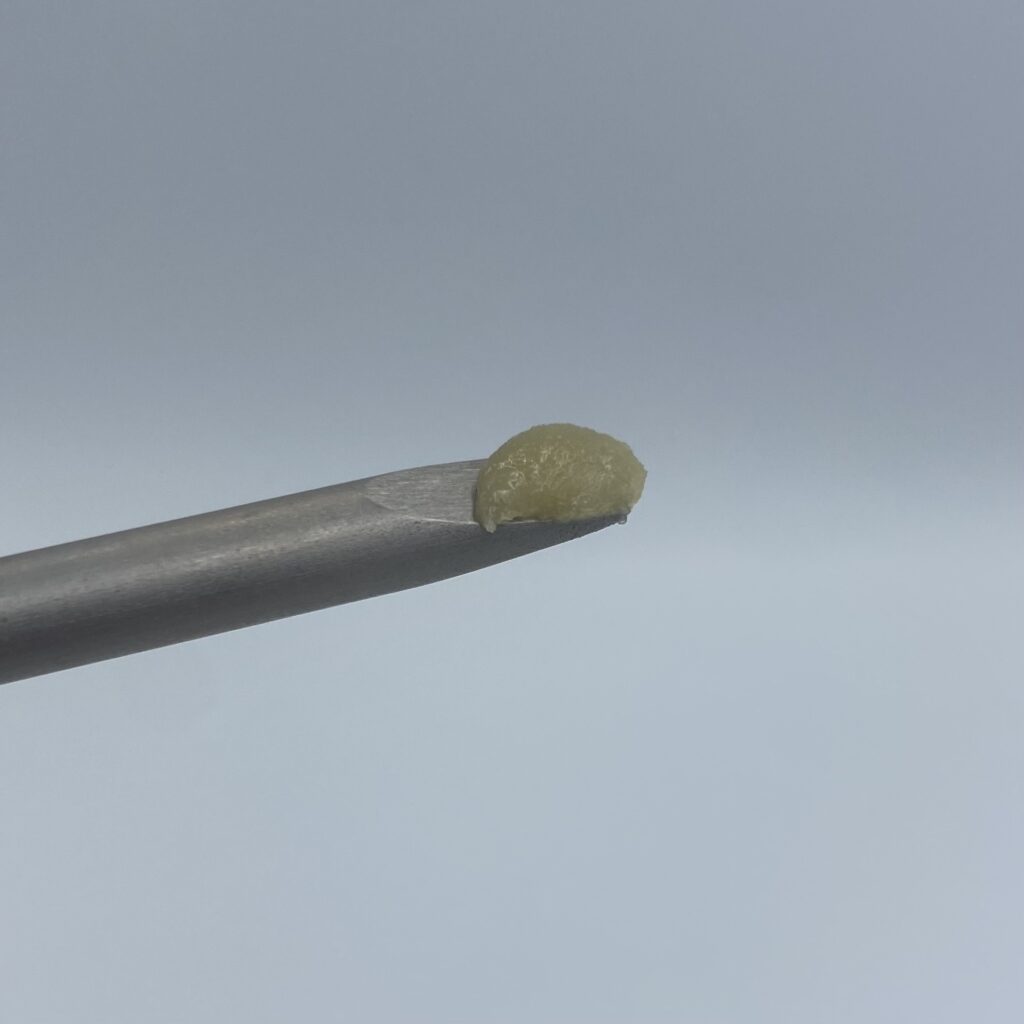
- Live Rosin: “Live rosin” is manufactured in a similar way as rosin is only it’s produced using fresh, uncured cannabis plant material that has been flash-frozen immediately after harvest. This freezing process helps preserve the plant’s terpene profile, resulting in a concentrate with vibrant flavors and aromas. Live rosin is highly regarded for its potency, flavor, and full-spectrum experience. It captures the essence of the fresh cannabis plant and offers a terpene-rich profile that enhances the overall experience. I appreciate it because it’s a high-quality concentrate that showcases the full range of flavors and effects associated with the live cannabis plant.
Solvent-Based Extraction
Solvent-based extraction methods involve butane or another hydrocarbon solvent, and the end product is often referred to as butane honey oil (BHO). The process involves passing the solvent through the cannabis plant material to extract the desired cannabinoids and terpenes. After extraction, the resulting mixture is purged of residual solvents to ensure safety and purity. There are many different types of textures and consistencies of these concentrates. The textures are achieved through specific techniques during the purging process, such as lowering or raising temperatures and longer durations to allow the concentrate to convert into the desired consistency. Some of the terminology is used in both solventless and solvent based extracts so try and keep up. Here are some terms people often use to describe these different products:
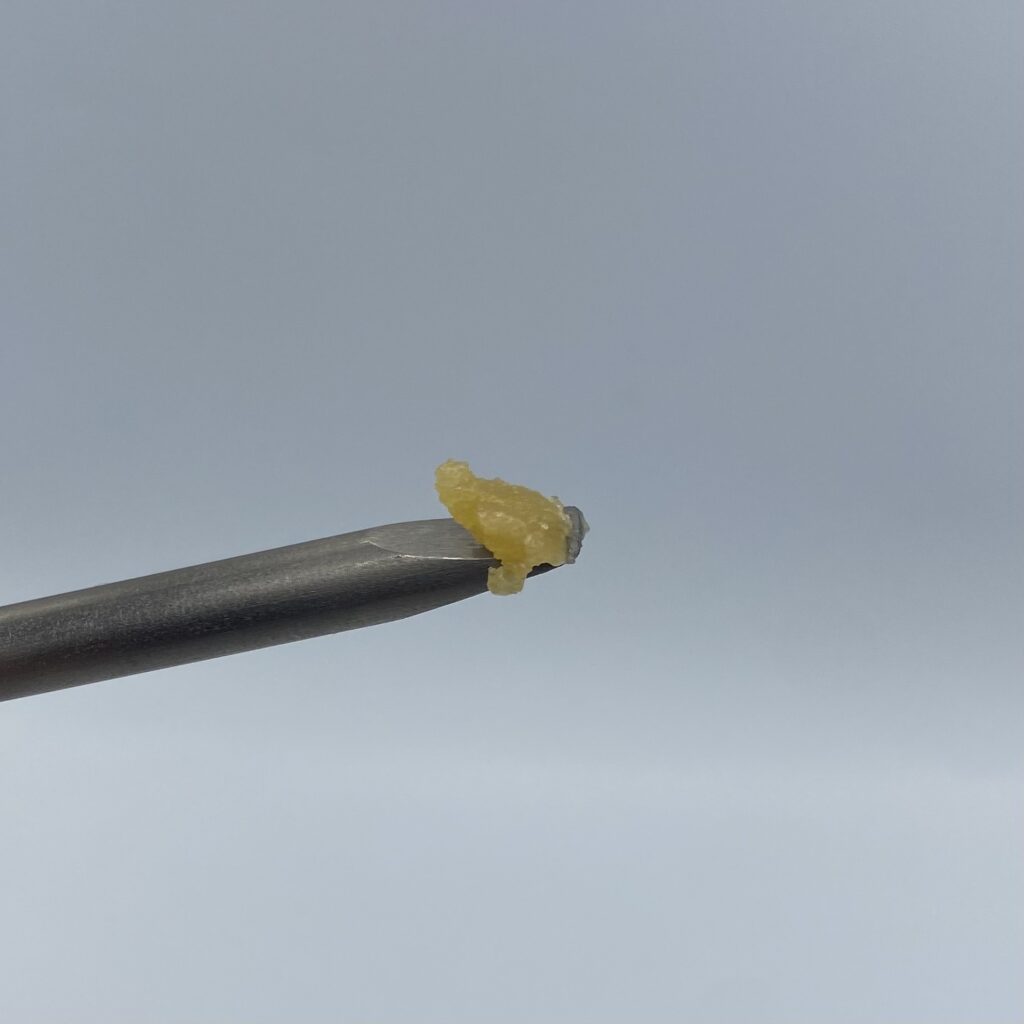
- Wax or butter: Wax or butter is a type of concentrate that has a soft, sticky, waxy and butter-like consistency. The downside is that it smears and sticks to everything.
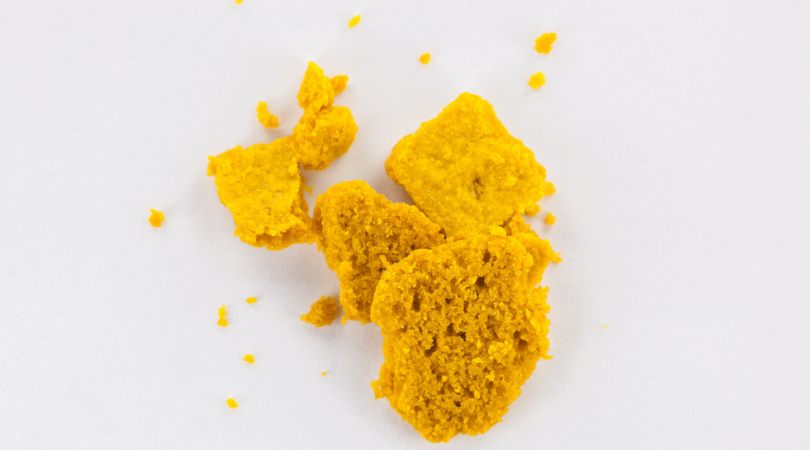
- Crumble: It has a dry and crumbly consistency that easily breaks apart, like honeycomb or feta cheese. One of the benefits of the texture is that it can easily be added to a bowl or joint.
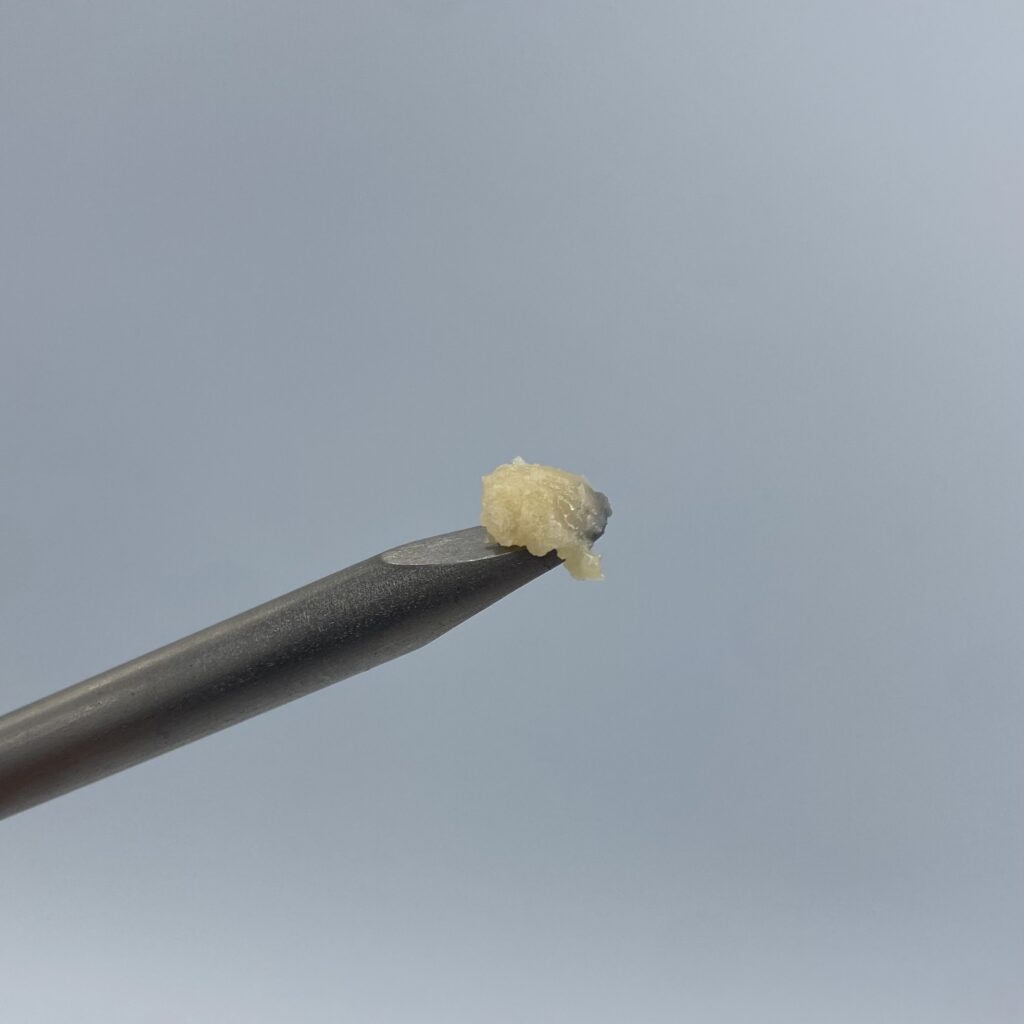
- Batter: The characteristic texture of batter is attained through post-extraction techniques. This involves whipping or agitating the concentrate to introduce air bubbles and create a creamy, batter-like consistency. The resulting concentrate has a malleable texture that resembles cake batter or frosting. Just like wax or butter, it tends to smear and stick to everything too. This quality is great if you’re looking for something to coat the outside of a blunt or joint.
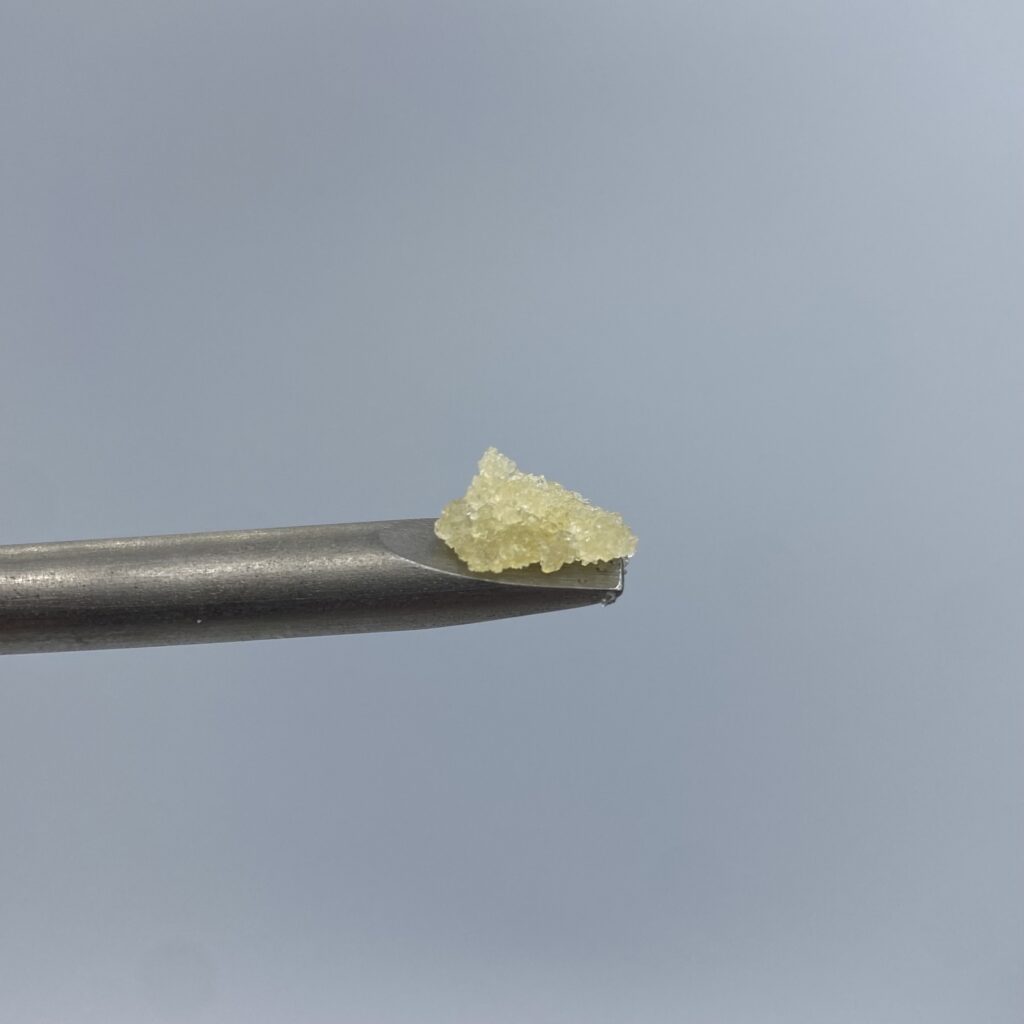
- Sugar: known for its crystalline texture and appearance. The unique texture of sugar is achieved through specific post-extraction techniques. These techniques involve manipulating factors like temperature, agitation, and time during the purging process. These manipulations encourage the formation of sugar-like crystals within the concentrate. If you’d like to see some up close, then pick up some of our Live Resin Sugar like this Sour Cream in the photo.
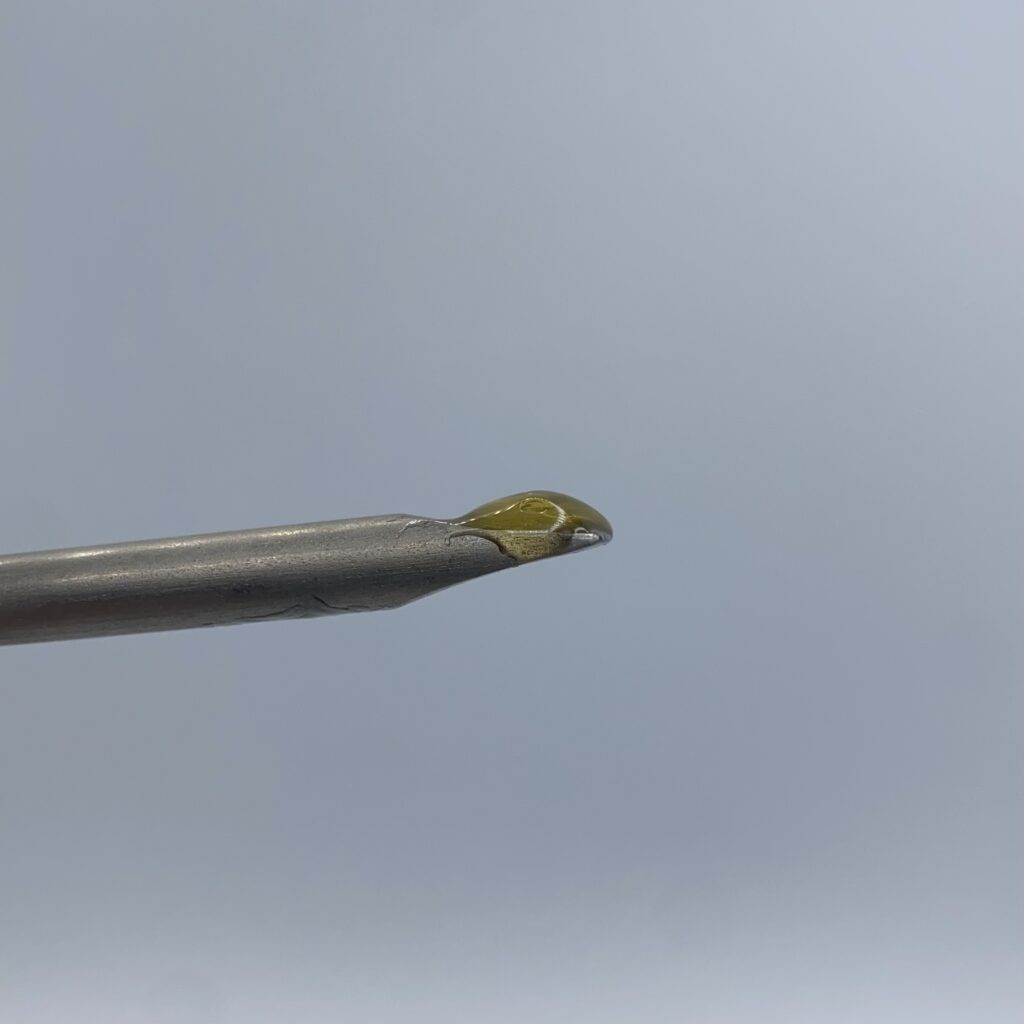
- Sauce: What sets sauce, or high terpene extract (HTE), apart is its unique consistency and appearance. It has a viscous and liquid-like texture, like a sauce or syrup. The high terpene content gives sauce its rich aroma and flavor profile, capturing the distinct characteristics of the cannabis cultivar it was extracted from. Due to its high terpene content, sauce offers an enhanced sensory experience, allowing users to fully immerse themselves in the flavors and aromas of the cannabis cultivars.
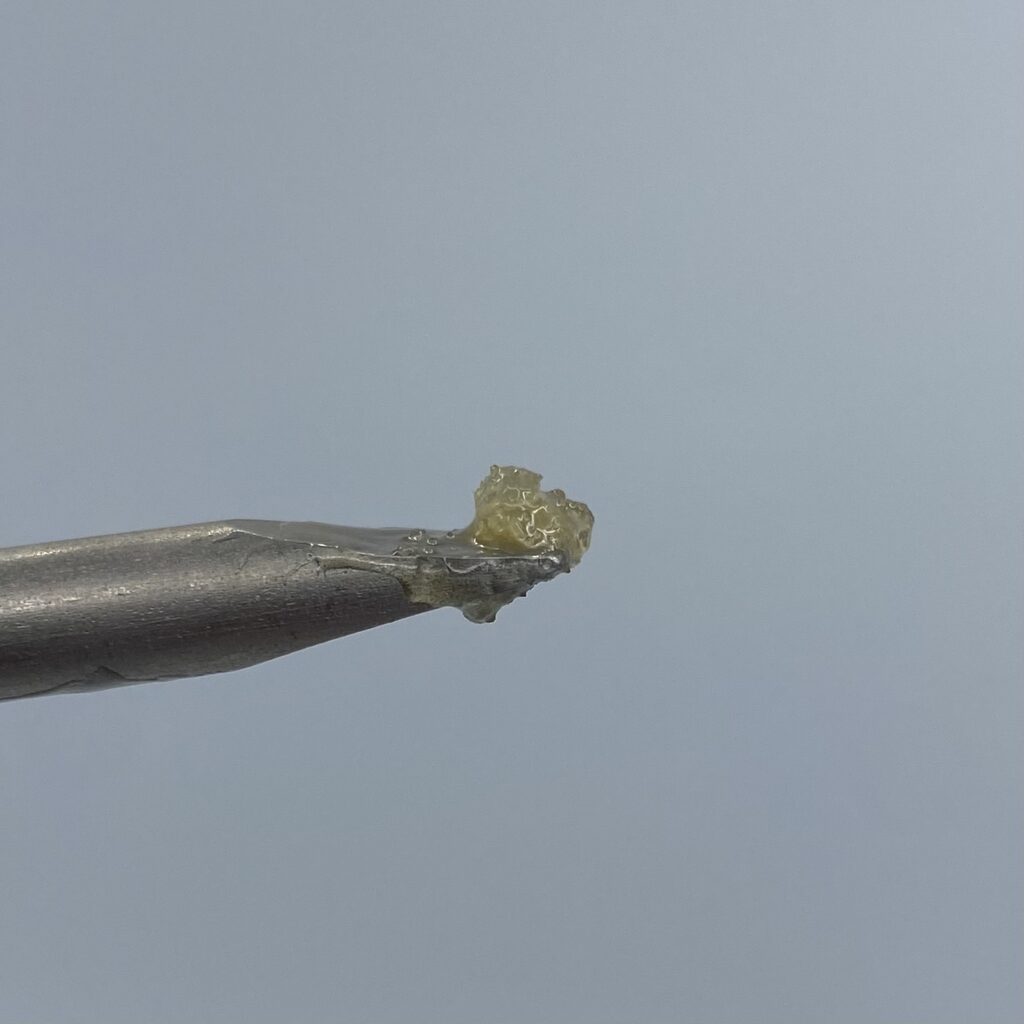
- Diamonds: THC-A diamonds or just diamonds, are a highly potent and visually striking form of cannabis concentrate. It’s considered one of the purest and most potent forms of concentrates available because of its isolation of certain cannabinoids. What’s really cool about them is their crystalline structure though. After extraction, the concentrated solution is allowed to undergo a crystallization process, where the cannabinoids separate and form solid crystals within the concentrate. These crystalline formations are often shaped like diamonds, hence the name. Some folks prefer to pair diamonds with terpene-rich sauces or other concentrates to enhance the flavor and overall experience.
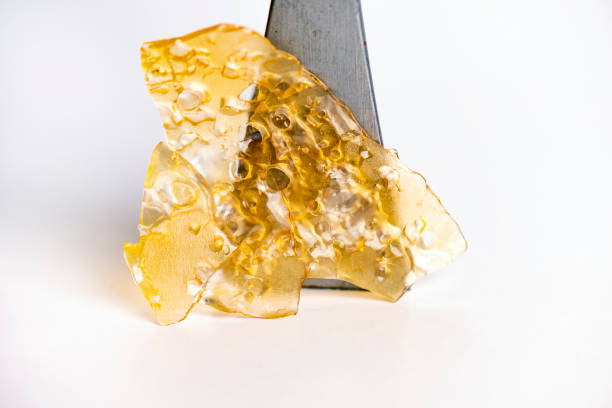
- Shatter: Shatter is a translucent and brittle concentrate that has a glass-like appearance. It is lower quality on the scale of concentrates due to its low terpene content.
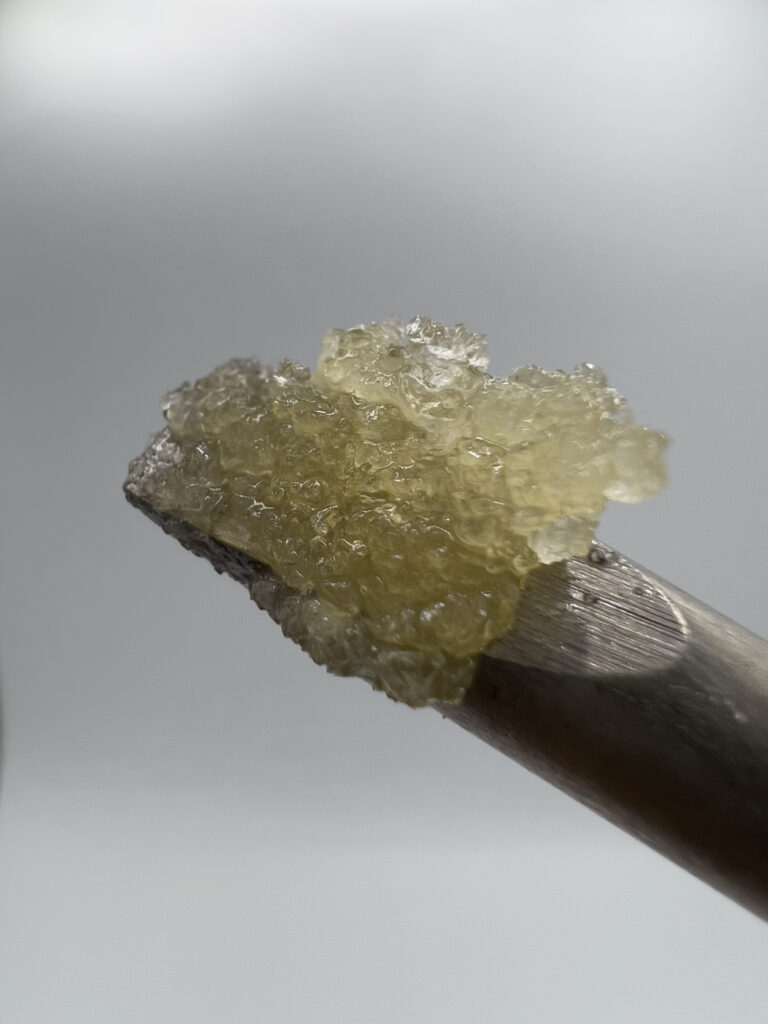
- Live Resin: Live resin is extracted in similar methods to all the rest, but the difference is the concentrate is made from freshly harvested cannabis flowers that are immediately frozen to preserve the terpene profile. It is considered to have a more robust and flavorful terpene profile compared to concentrates made from dried and cured cannabis. Our Live Resin Sugar is a fine example of what this extraction method can do to preserve a terpene profile like it was at harvest. The THC percentage will most likely be lower than cured flower products, but I’d trade that for flavor any day.
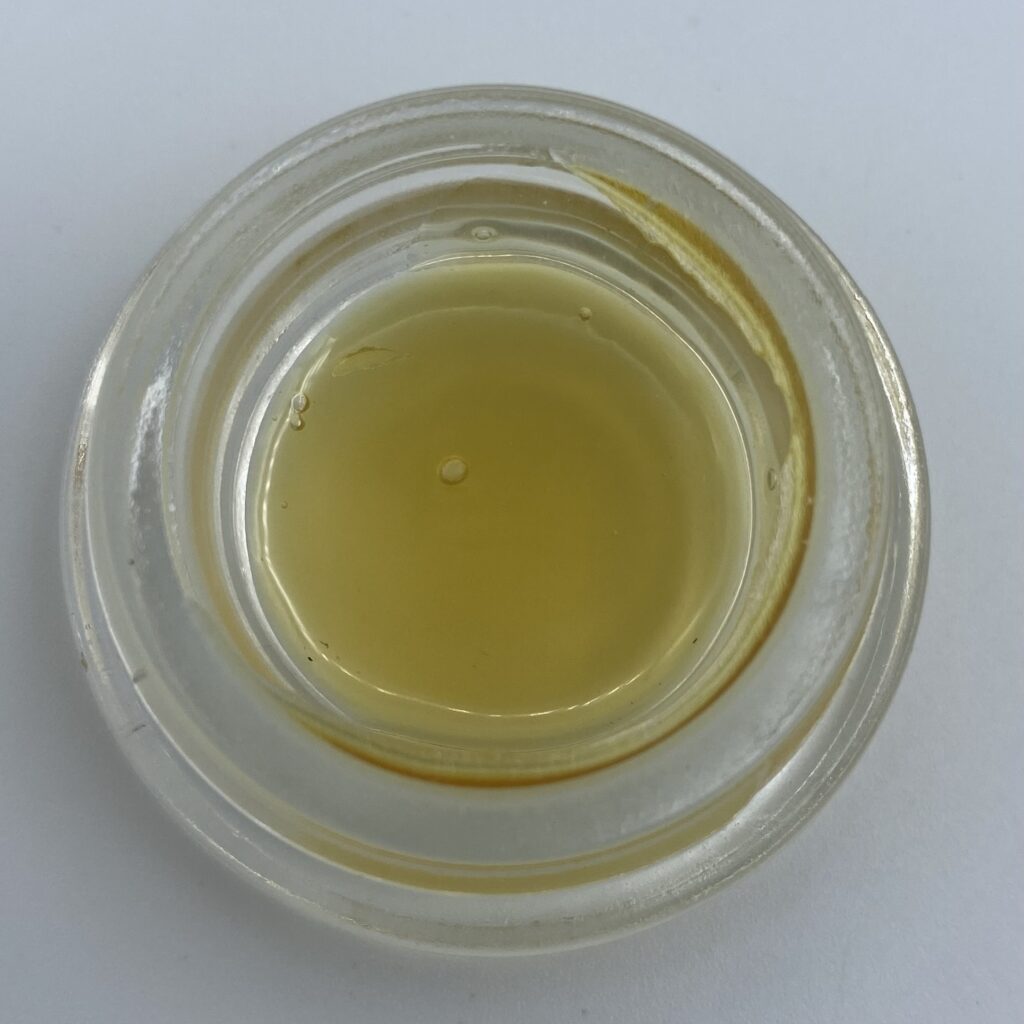
- Oil: Cannabis oil is a versatile concentrate that is often used for vaping or as an ingredient in edibles. It can be extracted using various methods, including CO2 extraction, ethanol extraction, or solventless techniques like rosin pressing.
Solventless cannabis extraction and solvent-based extraction are two distinct methods for obtaining concentrated cannabis products, each with its own advantages and considerations.
Solventless extraction techniques, such as ice water hash and rosin pressing, offer the benefit of purity and preserving the natural flavors, aromas, and cannabinoid profiles of the cannabis cultivar. Solventless concentrates, unlike solvent-based, can be produced at home.
On the other hand, solvent-based extraction methods, such as using butane, propane, or CO2, can yield higher quantities of cannabinoids and terpenes. These methods often result in a wider range of product consistency and texture options. Solvent-based extraction can be more efficient in extracting cannabinoids and can produce highly potent concentrates. However, they require careful handling to ensure residual solvent removal and minimize safety concerns.
Choosing between solventless and solvent-based extraction depends on personal choice and desired product characteristics. Solventless extraction methods may appeal to those seeking a more natural and artisanal experience, while solvent-based extraction methods may be favored for their potency and versatility.
Ultimately, the decision between solventless and solvent-based extraction should be based on individual preferences. I always choose flavor over THC percentage, so I typically lean towards “live” products and hash. While of course the effects are still important to me, I take into account that the concentrate already has more elevated levels of cannabinoids than the flower, so I’m not looking for anything outrageous. I’m always hunting for something that has a bold and unique terpene profile.
If you’re new to concentrates, remember a little bit goes a long way, so take it slow. Start experimenting with small dabs of our Live Resin Sugar and build up from there.
Stay safe and stay stoned!
